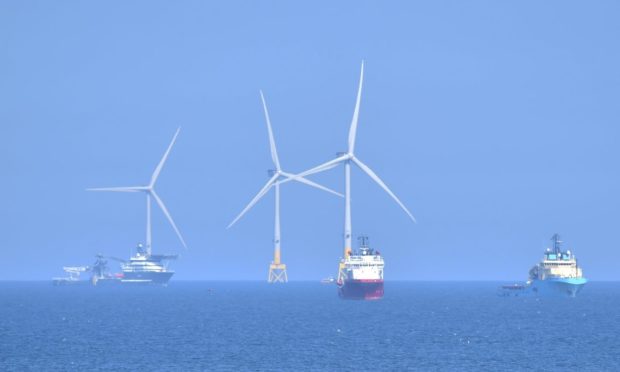Renewables generated 97.4% of Scotland’s electricity demand in 2020, new figures show.
The figure means a target set by the Scottish Government in 2011 of meeting 100% of demand by last year was narrowly missed.
When that goal was set, renewable technologies met just 37% of the country’s energy consumption.
Last year’s figures represented an 8% increase from 2019, and industry body Scottish Renewables said Scotland has more than tripled its renewable electricity output over the last decade.
That is enough to power the equivalent of more than seven million households.
Chief executive of Scottish Renewables Claire Mack said: “Scotland’s ambitious climate change targets have been a tremendous motivator to the industry to increase deployment of renewable energy sources.”
Challenges heat up
However, she added that there is still more work to be done to meet the mammoth task of meeting the country’s demands for energy beyond just electricity.
She said: “Renewable electricity is only a quarter of the picture.
“Domestic and commercial transport accounts for almost 25% of the energy used in Scotland, with heat making up more than half, as well as more than half of its emissions.
“Currently 6.5% of our non-electrical heat demand is generated from renewable sources.
“The technologies we need to replace gas in our homes largely exist now but deploying these across the country is an enormous task.”
Future ambitions
The Scottish Government has set a target of generating 50% of the nation’s overall energy consumption from renewable sources.
By 2050 it aims to have decarbonised the energy system almost completely.
Ms Mack said: “Scotland’s renewable energy projects are displacing tens of millions of tonnes of carbon every year, employing the equivalent of 17,700 people and bringing enormous socio-economic benefits to communities across the country.
“Industry and government must continue to work together to address the challenges which exist if we are to fully realise our potential, meet net-zero by 2045 and achieve a just energy transition.”










